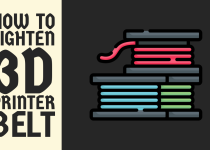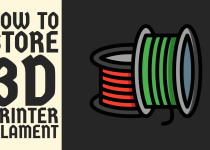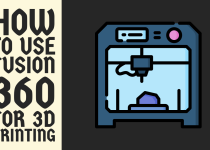How to Format SD Card for 3D Printer – Step by Step Guide
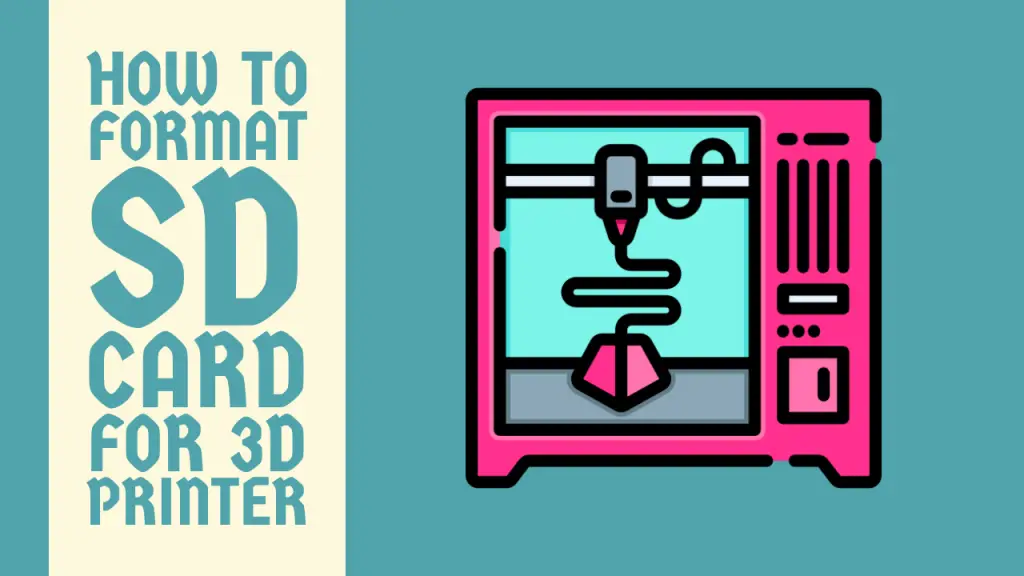
In the ever-evolving landscape of 3D printing, the humble SD card serves as a crucial conduit between your computer’s digital designs and the tangible creations of your printer. However, the efficacy of this small yet indispensable component hinges on proper formatting.
This article delves into the nuanced process of preparing SD cards specifically for 3D printers, exploring various methodologies and best practices to ensure optimal performance.
The seemingly mundane task of formatting an SD card is, in fact, a critical step in the 3D printing workflow. It involves configuring the card’s file system to align with your printer’s firmware, thereby facilitating seamless communication and preventing potential issues such as print errors or file corruption.
Whether you’re a neophyte maker or a seasoned enthusiast, understanding the intricacies of SD card formatting is essential for achieving consistent, high-quality prints.
How to Format SD Card for 3D Printer
In this comprehensive guide, we’ll elucidate multiple formatting techniques, discuss ideal file systems for various printer models, and provide step-by-step instructions to help you navigate this crucial process with confidence.
Method 1: Formatting SD Card Using Windows File Explorer
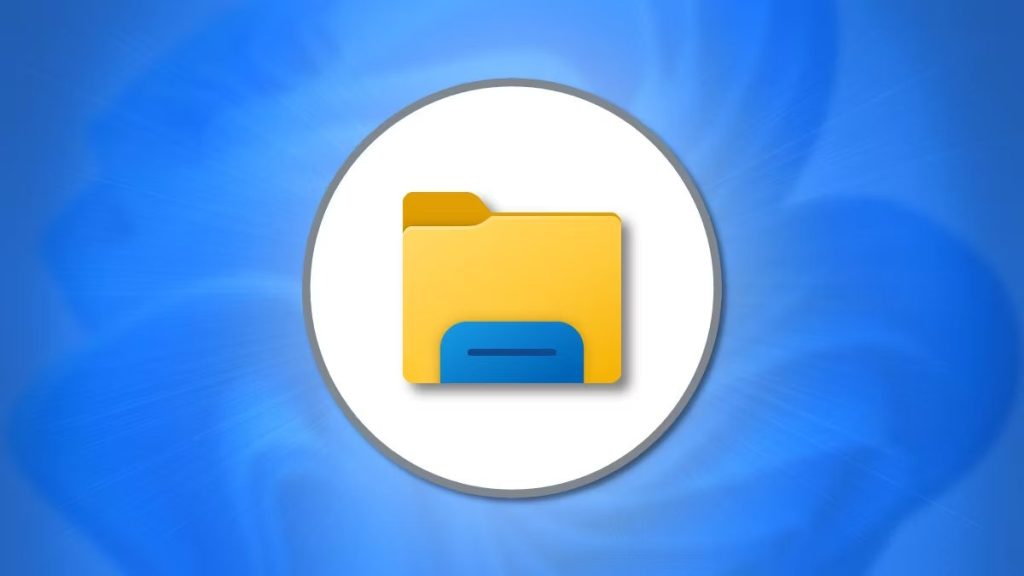
One of the simplest methods to format your SD card for a 3D printer is using the built-in formatting tool in Windows File Explorer. This method is suitable for most users and doesn’t require additional software.
Step 1: Insert the SD Card
Insert your SD card into your computer’s card reader or use an external USB card reader if your computer doesn’t have a built-in slot.
Note: Always handle the SD card by its edges to avoid damaging the contacts or internal components.
Step 2: Open File Explorer
Open File Explorer by pressing the Windows key + E or clicking on the folder icon in your taskbar.
Step 3: Locate the SD Card
In the File Explorer window, find your SD card under “This PC” or “My Computer”. It should be listed as a removable drive.
Step 4: Right-Click and Select Format
Right-click on the SD card’s icon and select “Format” from the drop-down menu.
Step 5: Choose File System and Allocation Unit Size
In the Format window, select the appropriate file system (FAT32 for most 3D printers) from the drop-down menu. For “Allocation unit size”, leave it as the default setting or choose 32 kilobytes for optimal performance.
Step 6: Name Your SD Card
In the “Volume label” field, give your SD card a name that’s easy to recognize, such as “3D_PRINTER_SD”.
Step 7: Quick Format Option
Check the “Quick Format” box to speed up the process. Only use a full format if you suspect issues with the card or want to ensure all data is completely erased.
Step 8: Start Formatting
Click the “Start” button to begin the formatting process. A warning message will appear; click “OK” to proceed.
Step 9: Formatting Complete
Once the formatting is complete, a confirmation message will appear. Click “OK” to close the window.
Related Article: How to Print in Color on HP Printer
Method 2: Using the Command Prompt for Advanced Formatting
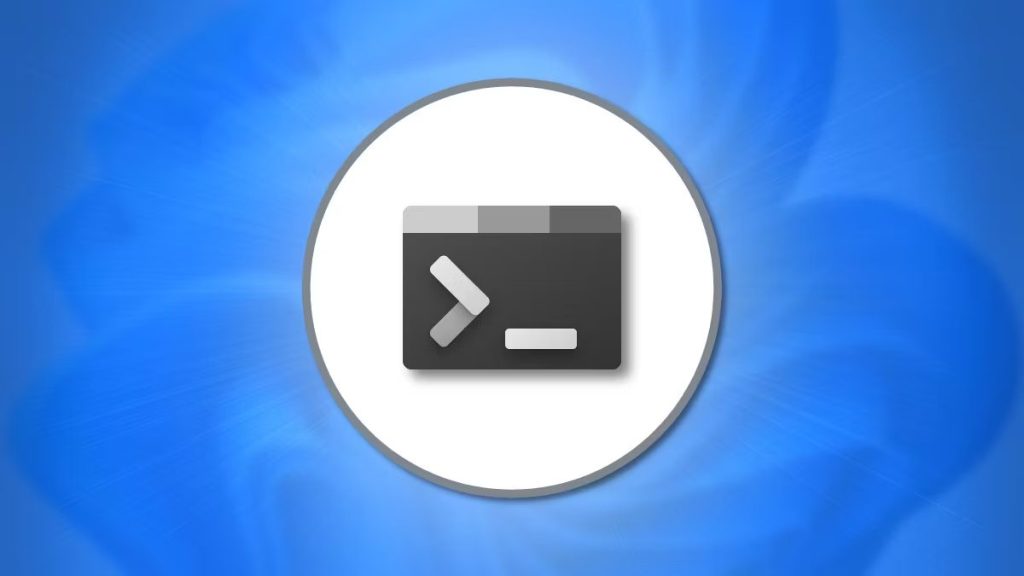
For users who prefer more control over the formatting process or need to format larger SD cards, using the Command Prompt offers additional options and flexibility.
Step 1: Open Command Prompt as Administrator
Press the Windows key, type “cmd”, right-click on “Command Prompt”, and select “Run as administrator”.
Step 2: Identify the SD Card
Type “diskpart” and press Enter. Then type “list disk” and press Enter to see a list of all storage devices connected to your computer. Identify your SD card by its size.
Step 3: Select the SD Card
Type “select disk X” (replace X with the number corresponding to your SD card) and press Enter.
Step 4: Clean the Disk
Type “clean” and press Enter to remove all partitions from the SD card.
Step 5: Create a New Partition
Type “create partition primary” and press Enter to create a new primary partition on the SD card.
Step 6: Format the Partition
Type “format fs=fat32 quick label=3D_PRINTER_SD” and press Enter. This command formats the partition with the FAT32 file system, performs a quick format, and labels the card “3D_PRINTER_SD”.
Step 7: Assign a Drive Letter
Type “assign letter=Z” (replace Z with your preferred drive letter) and press Enter to assign a drive letter to the formatted SD card.
Step 8: Exit DiskPart
Type “exit” and press Enter to close DiskPart.
Tip: Format your SD card every few months to maintain its performance and file system integrity.
Method 3: Using SD Card Formatter Software

For users who prefer a dedicated tool, SD Card Formatter is a free software designed specifically for formatting SD cards. This method is particularly useful for formatting high-capacity SD cards or when dealing with stubborn formatting issues.
Step 1: Download and Install SD Card Formatter
Visit the official SD Association website and download the SD Card Formatter tool. Install it on your computer.
Step 2: Launch SD Card Formatter
Open the SD Card Formatter application.
Step 3: Select Your SD Card
In the “Select card” dropdown menu, choose your SD card.
Step 4: Choose Formatting Options
Select “Quick format” unless you need to perform a full format. Under “Format size adjustment”, choose “On” to use the card’s full capacity.
Step 5: Start Formatting
Click the “Format” button to begin the process. Confirm the action when prompted.
Step 6: Formatting Complete
Wait for the formatting to complete. A success message will appear when finished.
Related Article: How to Download 3D Printer Files
Conclusion
Properly formatting an SD card for your 3D printer is a crucial step in ensuring smooth, error-free printing operations. By following the methods and best practices outlined in this guide, you can optimize your SD card’s performance and compatibility with your 3D printer.
Remember that different printer models may have specific requirements, so always consult your printer’s manual or manufacturer’s website for the most accurate information. With a correctly formatted SD card, you’ll be well-equipped to transfer your 3D models efficiently and embark on your next printing project with confidence.
Whether you’re a hobbyist exploring the world of 3D printing or a professional relying on additive manufacturing technology, mastering the art of SD card formatting is an essential skill. It’s a small but significant step that can make a big difference in the quality and reliability of your 3D printing experience.
Frequently Asked Questions (FAQs)
1. What format does an SD card need to be for 3D printing?
For 3D printing, SD cards typically need to be formatted in FAT32 or exFAT file systems. FAT32 is the most widely compatible format, supported by almost all 3D printers. However, it has a 4GB file size limit, which can be restrictive for larger print files.
exFAT is a newer format that overcomes this limitation and is becoming increasingly common in modern 3D printers. Before formatting your SD card, check your printer’s manual or specifications to confirm the supported file system.
It’s also crucial to use a high-quality, genuine SD card to ensure reliable performance during printing, as corrupted files can lead to failed prints.
2. Why is my 3D printer not recognizing my SD card?
If your 3D printer isn’t recognizing your SD card, several factors could be at play. First, ensure the card is properly inserted and undamaged. The card’s format might be incompatible – most printers require FAT32 or exFAT. Try reformatting the card on your computer.
Check if the card’s capacity exceeds your printer’s limit, as some older models only support up to 32GB. Verify that your files are in the correct format, typically .gcode.
The card reader itself might be faulty or have debris inside. If these steps don’t work, try a different SD card to rule out card-specific issues. Lastly, consult your printer’s manual or contact the manufacturer for model-specific troubleshooting.
3. How to format SD card as FAT32?
To format an SD card as FAT32, first back up any important data. On Windows, insert the card into your computer, open File Explorer, right-click the SD card, and select “Format”. Choose FAT32 from the file system dropdown, name your card, and click “Start”.
For cards larger than 32GB, you may need third-party software. On Mac, use Disk Utility, select the SD card, click “Erase”, choose MS-DOS (FAT) as the format, name the card, and click “Erase”. Remember that formatting will erase all data on the card, so double-check you’ve saved anything important before proceeding.

